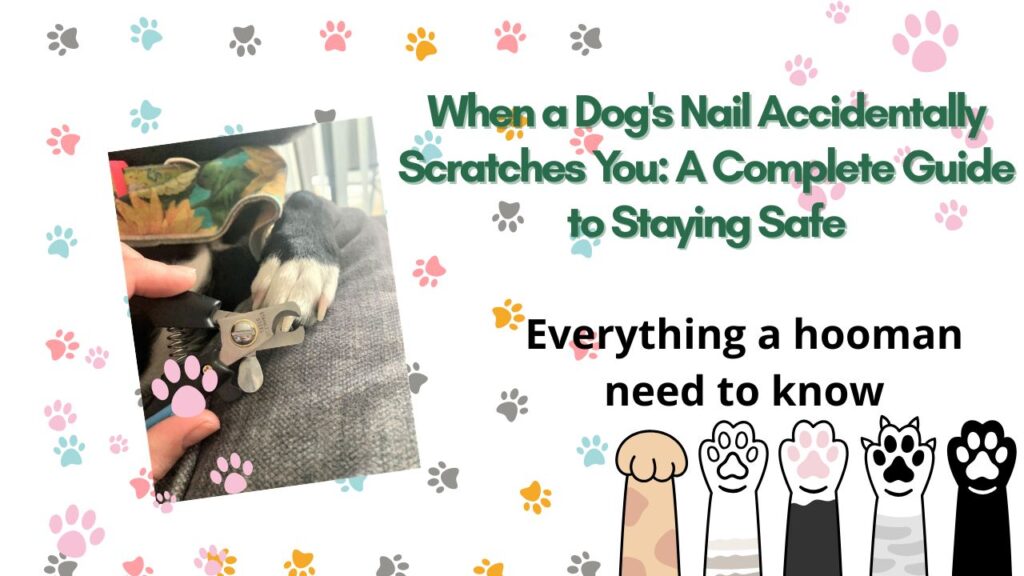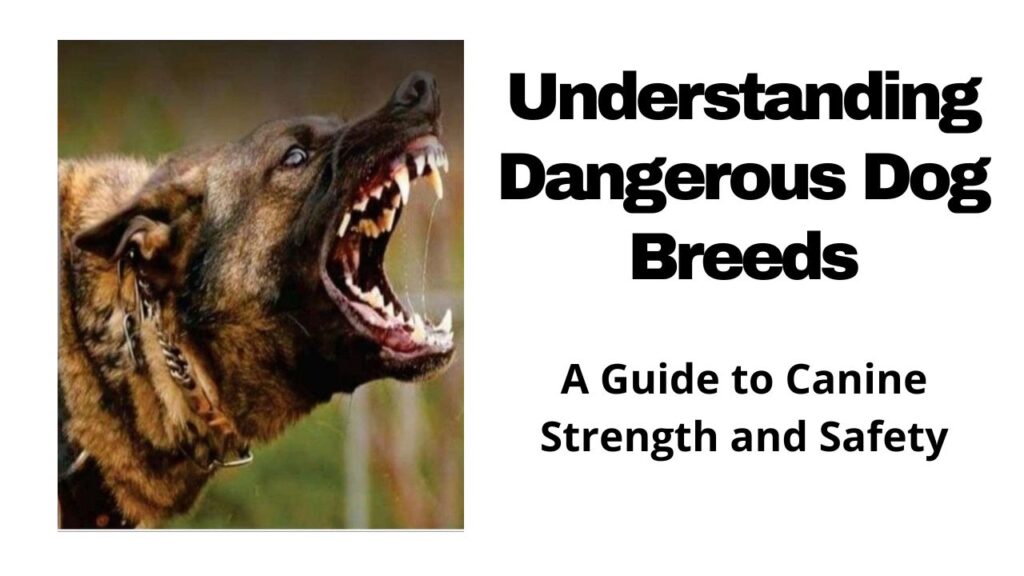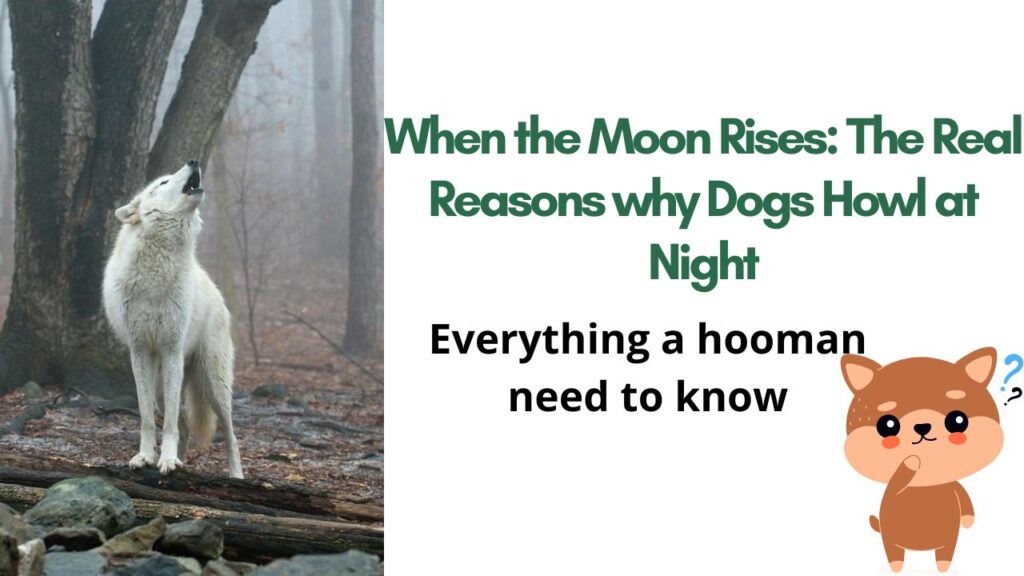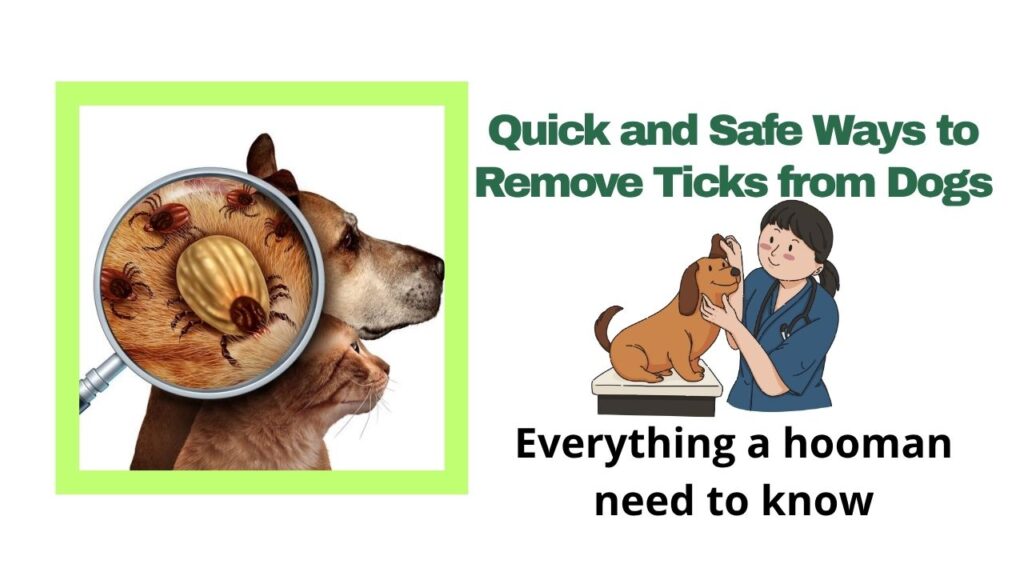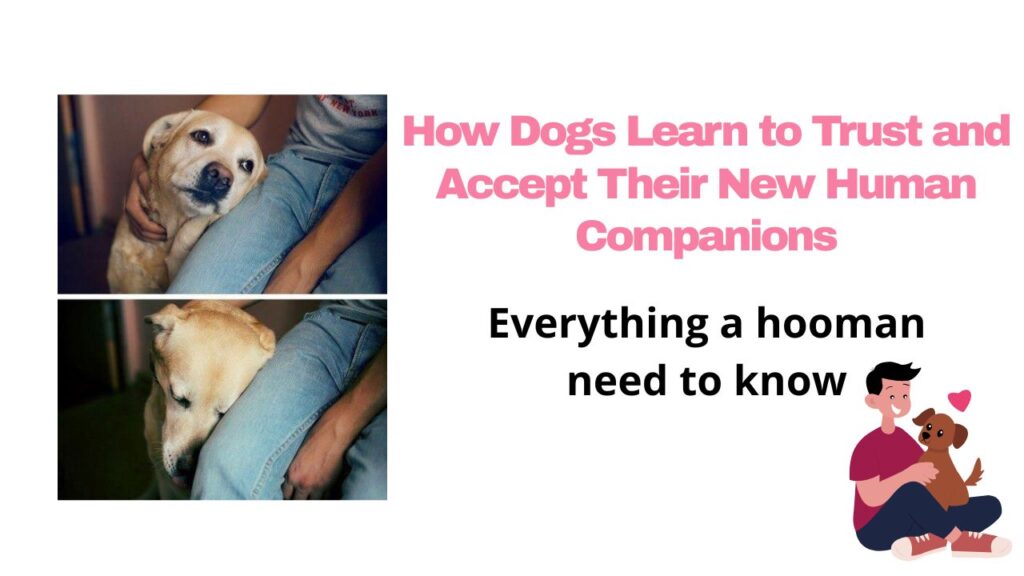There’s nothing quite like the wag of a tail or the nudge of a wet nose to brighten your day. Dogs Welcome to the world of dog ownership! Whether you’re a first-time pet parent or a seasoned dog lover, understanding the ins and outs of caring for your furry friend is key to a happy, healthy relationship. This guide walks you through every aspect of dog ownership, from choosing the right breed to maintaining their physical and emotional well-being. Let’s dive in!
Importance of Responsibility
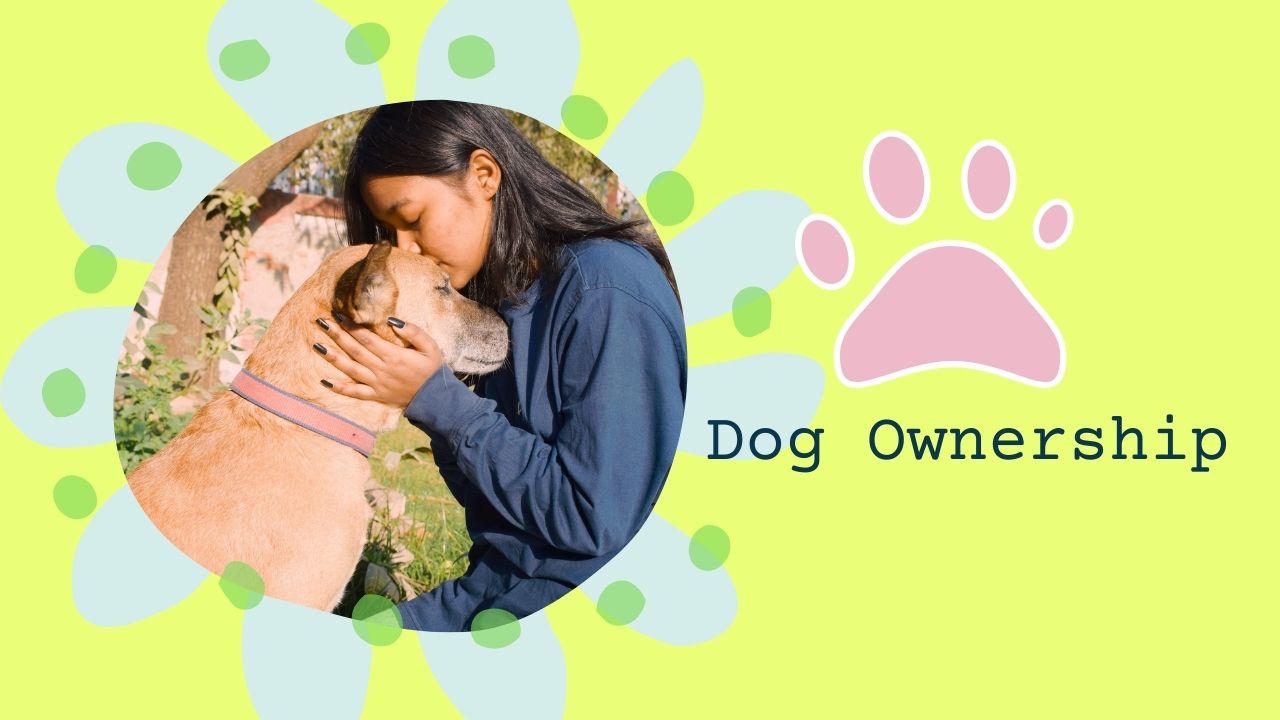
Dog ownership is a lifelong commitment, not a whim. Before bringing a dog home, ask yourself:
- Can I dedicate time daily for walks, training, and play?
- Am I prepared for the financial costs (food, vet bills, toys)?
- Do I have space and resources for a dog’s needs?
Responsibility starts with research. Learn about breeds, their energy levels, and care requirements. For example, a high-energy Border Collie needs hours of exercise, while a Basset Hound prefers a relaxed lifestyle.
Choosing the Right Dog
Your lifestyle defines the perfect breed. Consider:
- Family dynamics: If you have small children, a patient Labrador Retriever is better than a skittish Shih Tzu.
- Living space: A Chihuahua thrives in apartments, while a Golden Retriever needs a yard.
- Allergies: Hypoallergenic breeds like Poodles are ideal for sensitive families.
Adopting from shelters can be rewarding, but ask about the dog’s history to avoid surprises. For instance, a rescue dog with separation anxiety may need extra attention.
Basic Care Requirements
A dog’s basic needs are simple but non-negotiable:
- Safe shelter: Ensure your home is dog-proofed (no toxic substances, secure fences).
- Nutrition: High-quality dog food tailored to their age, size, and health.
- Hydration: Always have fresh water available.
- Safety gear: A collar, leash, and ID tags are essentials.
Feeding Your Dog
Feeding isn’t just about pouring kibble. Here’s what to know:
- Quality over quantity: Avoid fillers like corn in favor of meat-based diets.
- Portion control: Overfeeding leads to obesity, a top health issue in dogs.
- Special diets: Consult a vet if your dog has allergies or medical conditions.
Regular Veterinary Care
Preventive care saves lives. Schedule:
- Annual check-ups: Catch issues like heartworm or arthritis early.
- Vaccinations: Protect against diseases like rabies and parvovirus.
- Dental care: Brush your dog’s teeth weekly to prevent tartar buildup.
Grooming Needs
Grooming is more than aesthetics—it’s health care.
- Coat maintenance: Long-haired breeds need daily brushing; short-haired breeds require less.
- Nail trimming: Overgrown nails can cause pain or infections.
- Bathing: Most dogs need baths every 1–3 months, depending on activity level.
Importance of Training
Training builds trust and safety. Start with:
- Basic commands: Sit, stay, come, and leash walking.
- Housebreaking: Consistency is key—puppies need hourly potty breaks.
- Social skills: Teach your dog to interact calmly with strangers and other pets.
Socialization Opportunities
Socialization shapes your dog’s personality. Expose them to:
- New places: Parks, stores, and public spaces.
- New people: Introduce them to friends, children, and strangers.
- Other animals: Gradual introductions reduce aggression.
Health and Safety
Prevent accidents with these tips:
- Secure toxic items: Cleaners, medications, and chocolate are dangerous.
- Outdoor risks: Avoid hot pavement (burns paws) and ensure your dog wears a collar with ID tags.
- Emergency prep: Keep a pet first-aid kit on hand.
Identifying Health Issues
Spot red flags early:
- Limping or lethargy: Suggests injury or illness.
- Changes in appetite: Could indicate dental pain or gastrointestinal issues.
- Vomiting/diarrhea: Consult a vet if persistent for more than 24 hours.
Preventing Accidents at Home
Dog-proof your space by:
- Blocking access: Use baby gates to restrict hazardous areas (kitchens, stairs).
- Storing hazards: Secure trash cans, electrical cords, and small objects.
- Supervising: Never leave a puppy unattended near water or heights.
Mental Stimulation and Exercise
Bored dogs act out. Keep them engaged with:
- Interactive toys: Puzzle feeders or squeaky chew toys.
- Scent games: Hide treats or toys for them to find.
- Playtime: Mix walks, fetch, and tug-of-war for variety.
Daily Exercise Requirements
Exercise needs vary:
- Puppies: 1–2 hours of playtime (short bursts to avoid exhaustion).
- Adults: 30–90 minutes of activity, depending on breed.
- Seniors: Gentle walks and low-impact play to protect joints.
Mental Enrichment
Challenge their mind:
- Training sessions: Teach new tricks or commands.
- Window watching: Place a bird feeder outside for entertainment.
- Sensory play: Offer textured toys or lick mats with peanut butter.
Building a Strong Bond
Trust is built through consistency and affection.
- Quality time: Spend 15–30 minutes daily in focused interaction (no distractions).
- Positive reinforcement: Reward good behavior with treats, praise, or play.
- Patience: Understand that dogs learn at their own pace—never punish mistakes.
Understanding Canine Behavior
Decode their language:
- Tail wagging: A wagging tail can signal excitement, fear, or aggression (pay attention to speed and position).
- Ear position: Ears forward mean curiosity; flattened ears indicate fear.
- Body language: A tense posture (stiff legs, raised hackles) signals stress.
Common Questions About Dog Ownership
Q1: How much does dog ownership cost annually?
A: Between $1,500–$2,500, including food, vet care, and supplies.
Q2: Can dogs see colors?
A: Yes, but limited to yellows, blues, and grays (no reds or greens).
Q3: What’s the best breed for first-time owners?
A: Labrador Retrievers or French Bulldogs for their friendly, low-maintenance nature.
Q4: Why do dogs sniff so much?
A: They gather information about environment, people, and other animals.
Q5: How long do dogs sleep?
A: 12–14 hours daily, often in short bursts.
Q6: Can dogs eat human food?
A: Avoid chocolate, onions, and grapes. Cooked chicken or carrots are safe in moderation.
Q7: How often should I bathe my dog?
A: Every 1–3 months, depending on activity and coat type.
Q8: Why do dogs bark?
A: To alert, express excitement, or signal anxiety.
Q9: Can dogs be left alone all day?
A: No—dogs need social interaction and exercise to prevent separation anxiety.
Q10: How long do dogs live?
A: 10–17 years, varying by breed and health.
Conclusion
Dog ownership is a journey of love, learning, and responsibility. By understanding your dog’s unique needs, staying proactive about their health, and investing quality time, you create a bond that lasts a lifetime. Remember, every dog is a teacher—patient, loyal, and always ready to remind you of life’s simple joys.
